By Bill McNee, DNR Forest Health Specialist, Oshkosh;
bill.mcnee@wisconsin.gov or 920-360-0942
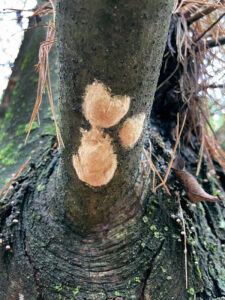
Three spongy moth egg masses are found on a tree branch at Kettle Moraine State Forest Southern Unit in Walworth County. / Photo Credit: Bill McNee, Wisconsin DNR
The Wisconsin Department of Natural Resources (DNR) is encouraging property owners to seek out and dispose of spongy moth egg masses, which were produced by adult moths during the summer.
Each spongy moth egg mass contains hundreds of eggs that will hatch into hungry, leaf-eating caterpillars in the coming spring. Large numbers of these invasive caterpillars can be a tremendous nuisance that may cause tree mortality.

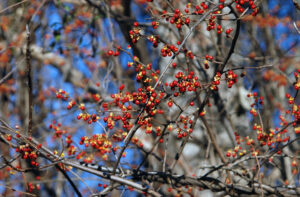
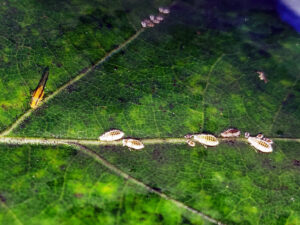
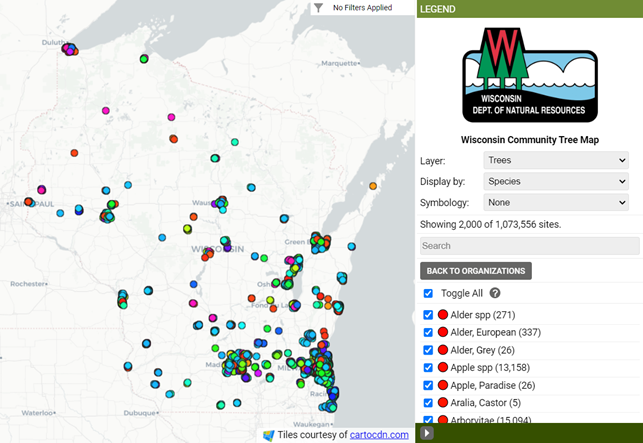 Ever since it launched in 2017, the
Ever since it launched in 2017, the 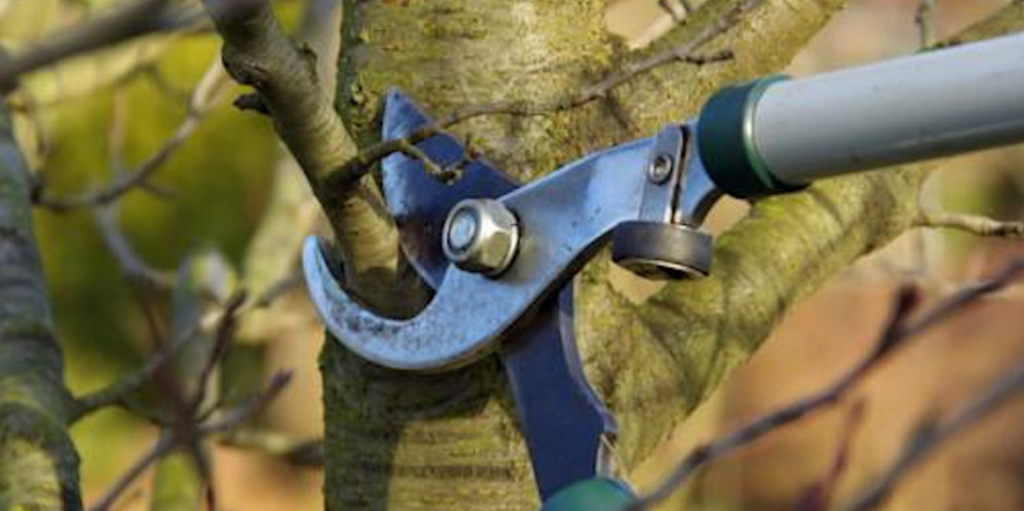 The Wisconsin Department of Natural Resources (DNR) and UW-Madison Extension have teamed up to offer young tree training pruning workshops at five locations around the state. Wachtel Tree Science will be presenting the information in a morning-indoors-afternoon-outside format. The cost is $35 including lunch, and ISA Continuing Education Units (CEUs) will be offered.
The Wisconsin Department of Natural Resources (DNR) and UW-Madison Extension have teamed up to offer young tree training pruning workshops at five locations around the state. Wachtel Tree Science will be presenting the information in a morning-indoors-afternoon-outside format. The cost is $35 including lunch, and ISA Continuing Education Units (CEUs) will be offered. 
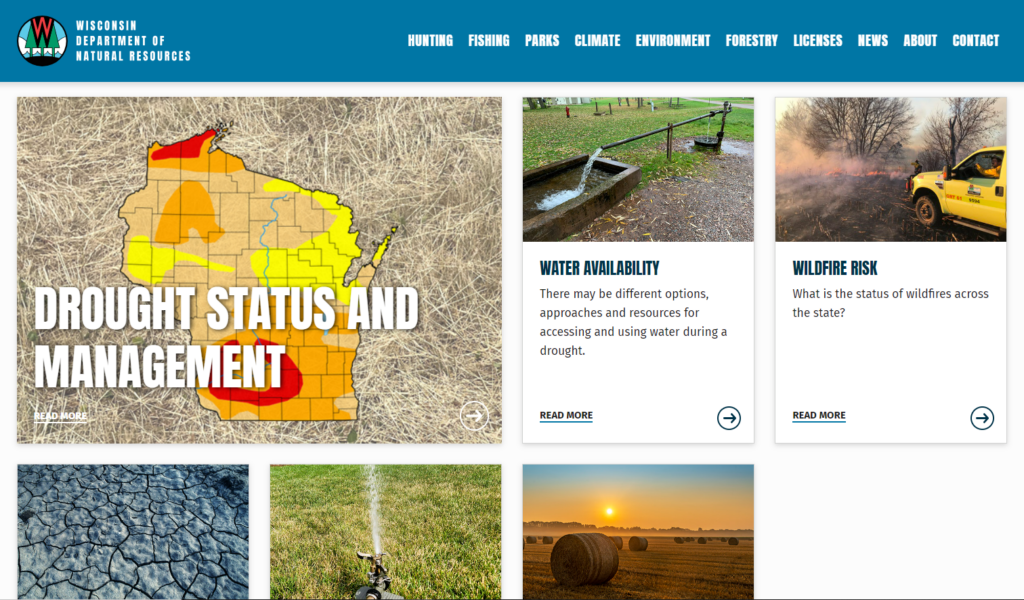 The Wisconsin Department of Natural Resources (DNR) recently launched a
The Wisconsin Department of Natural Resources (DNR) recently launched a  September is back to school month. How do you get those kids to settle down and focus after three months off? The answer is as simple as walking right outside your front door! Exposure to nature has been shown to positively impact students, from improved academic performance and focus, to reduced Attention Deficit Hyperactivity Disorder (ADHD) symptoms.
September is back to school month. How do you get those kids to settle down and focus after three months off? The answer is as simple as walking right outside your front door! Exposure to nature has been shown to positively impact students, from improved academic performance and focus, to reduced Attention Deficit Hyperactivity Disorder (ADHD) symptoms.